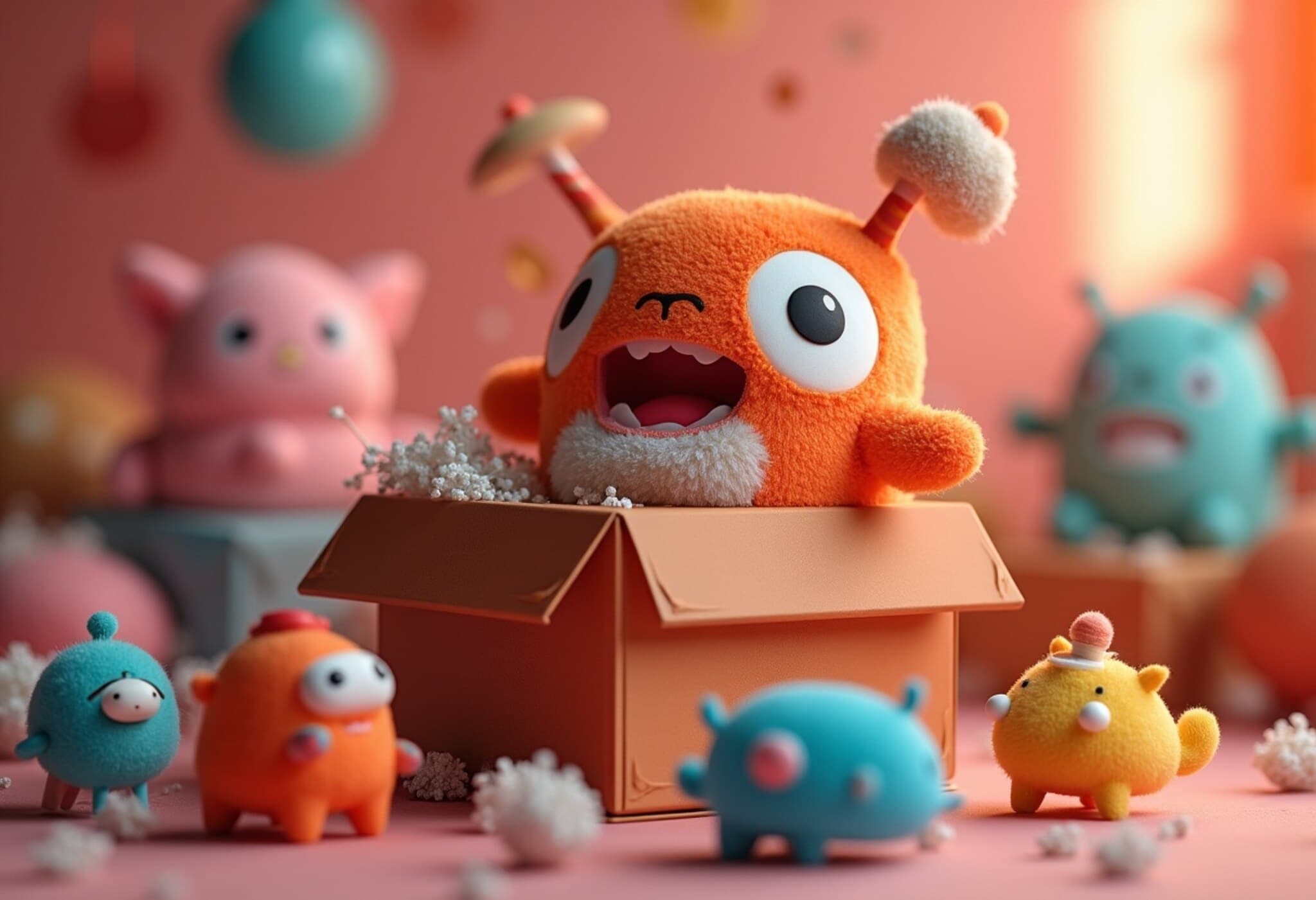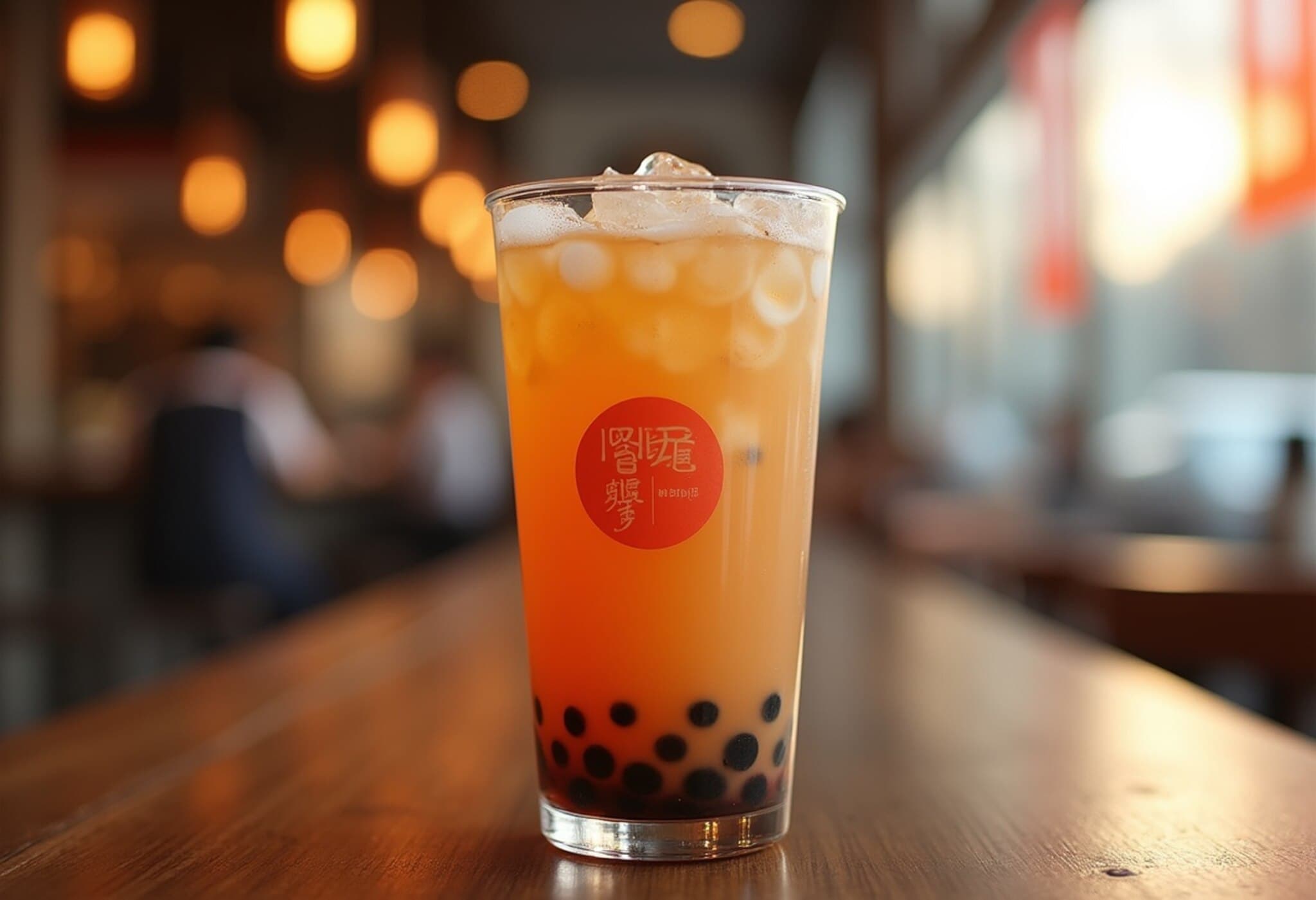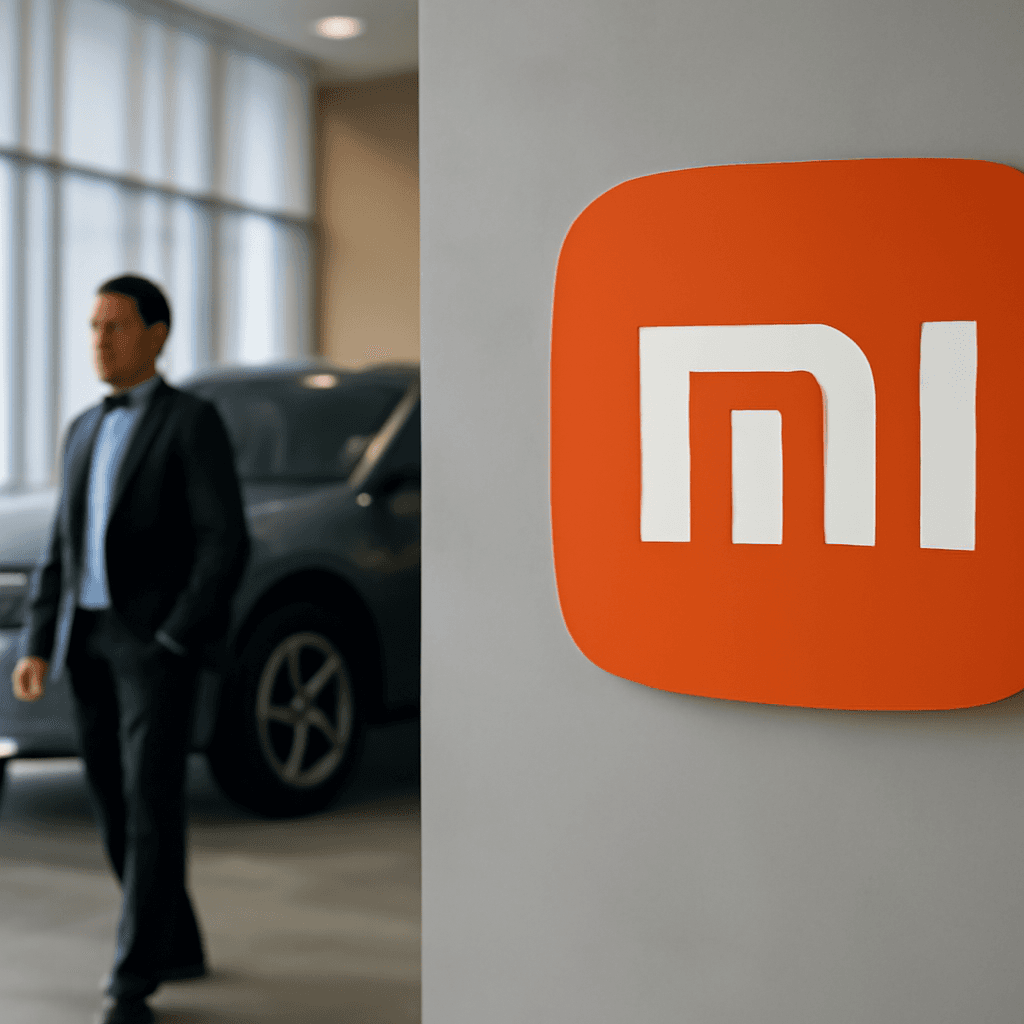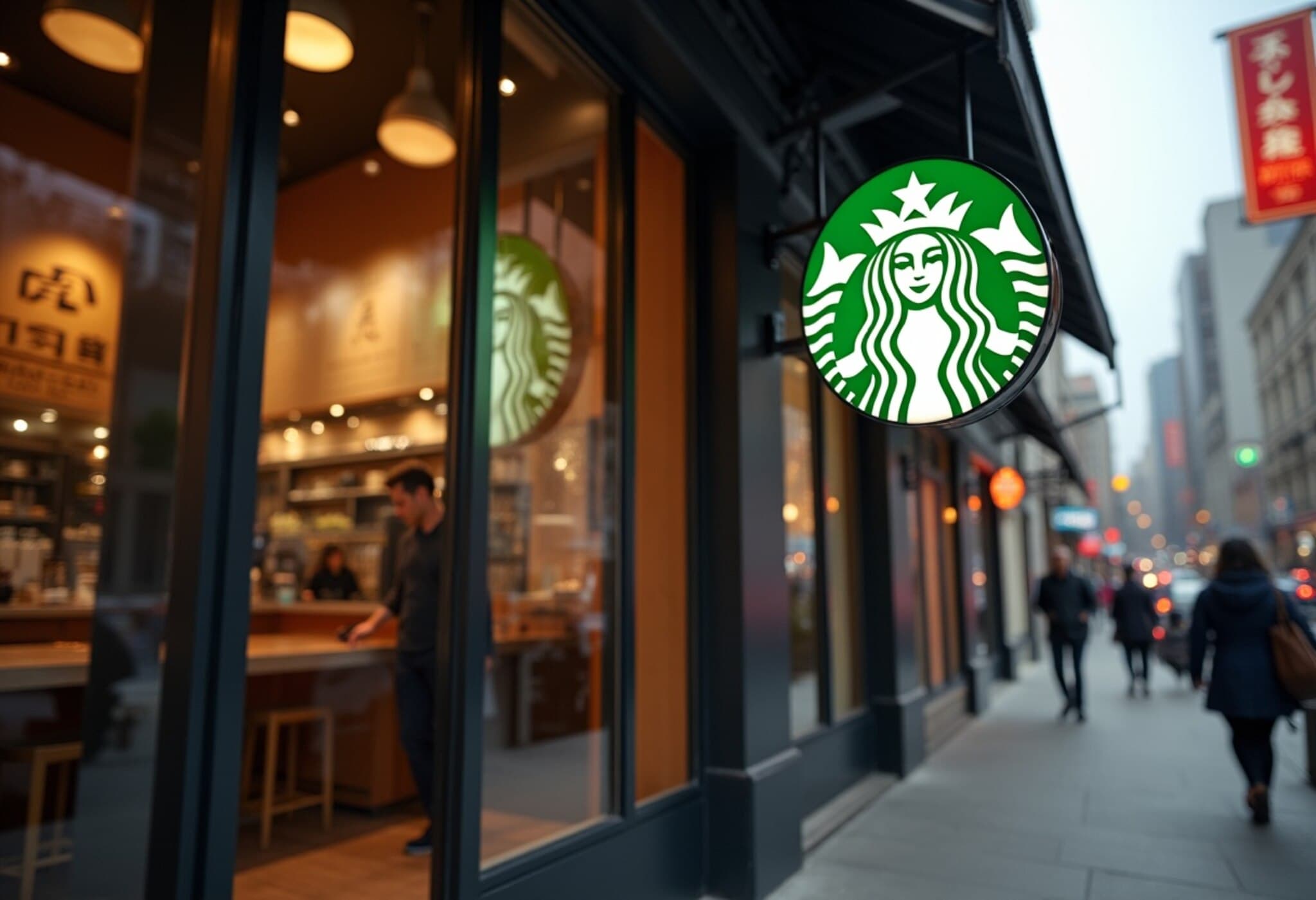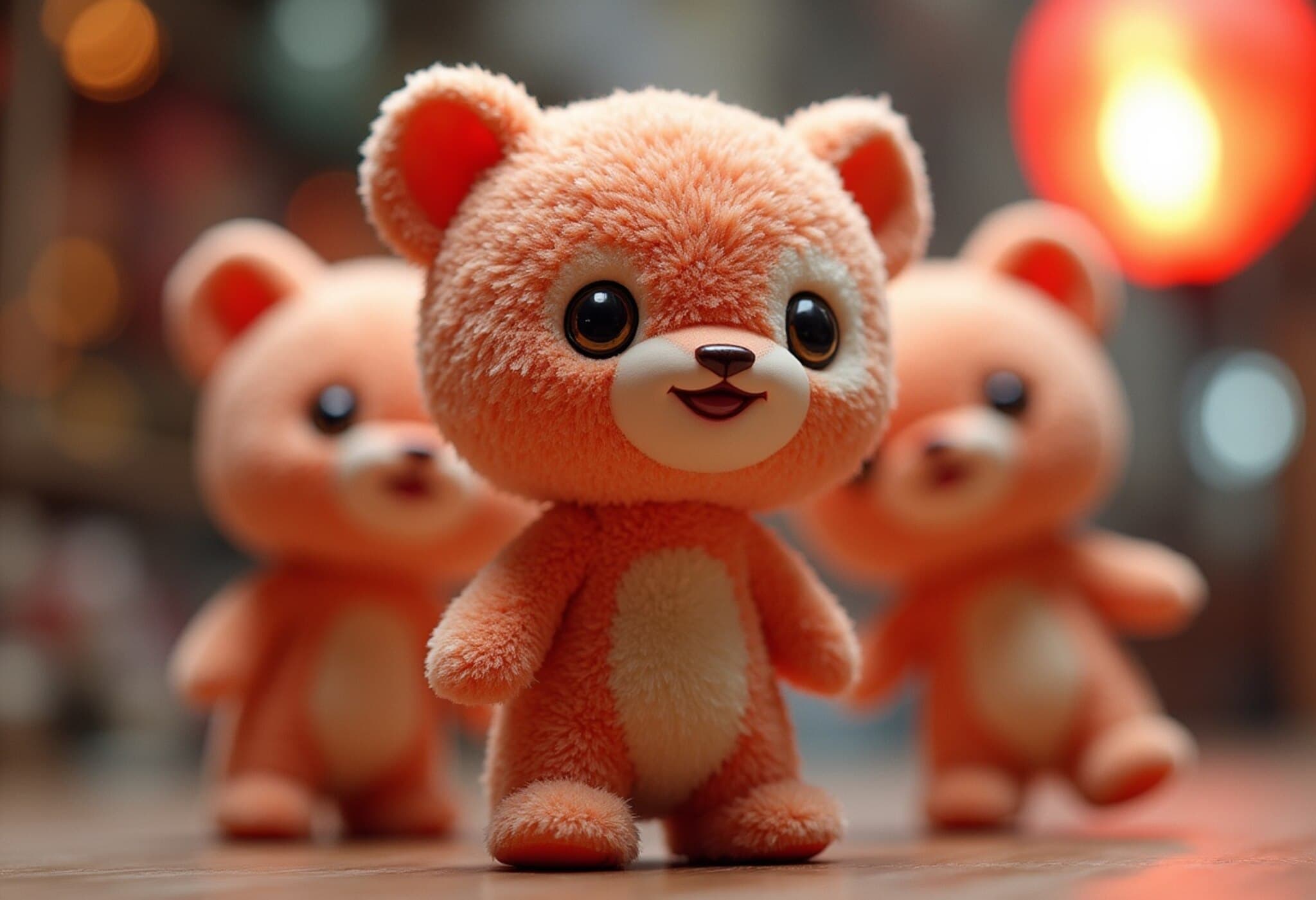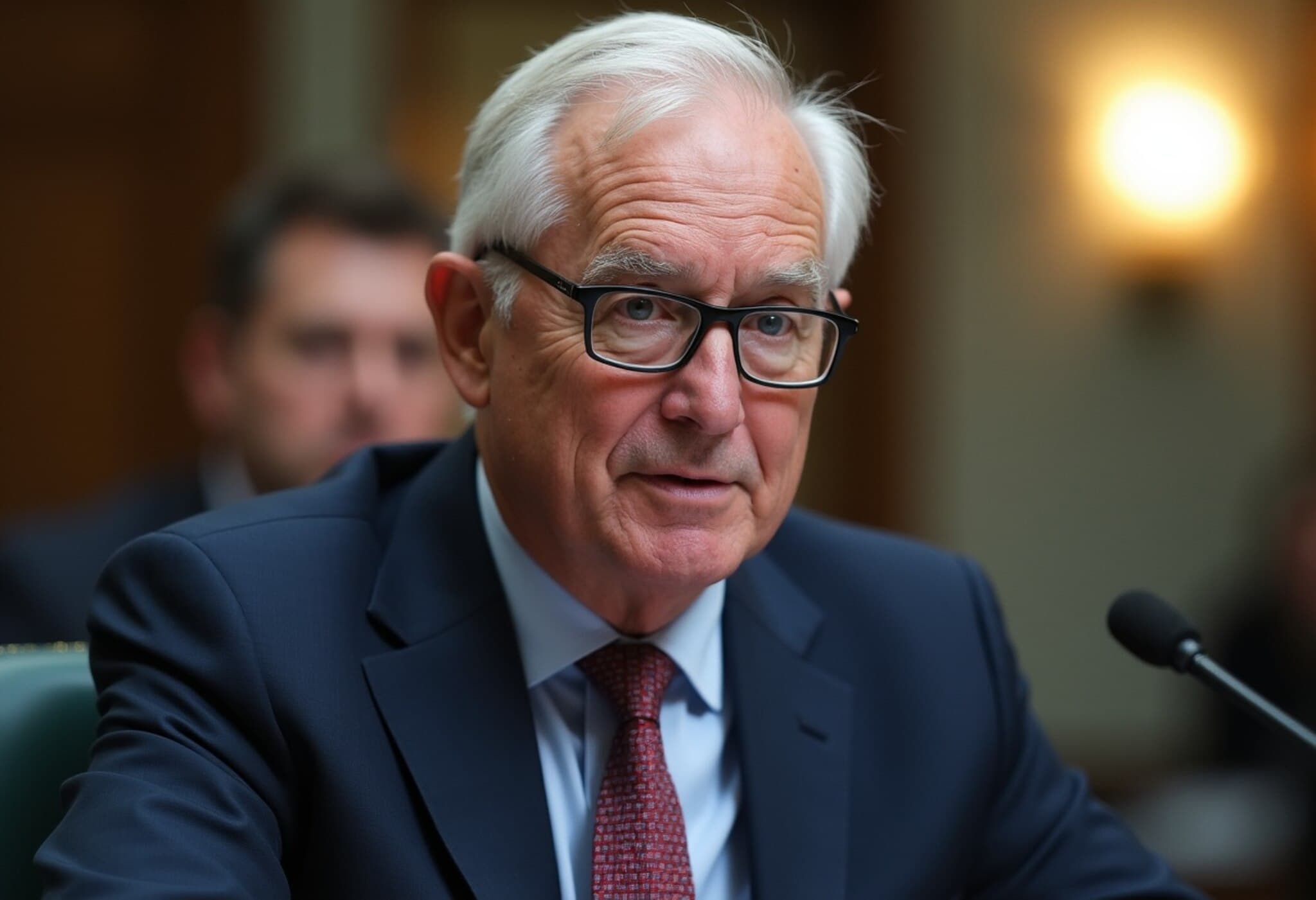Pop Mart Forecasts Massive Earnings Growth Amid Stock Decline
Despite projecting a staggering 350% profit increase and over 200% revenue growth for the first half of 2025, shares of Beijing-based toymaker Pop Mart slumped more than 6% on Wednesday. The company's bullish outlook has surprised many investors and market watchers, reigniting debate over the sustainability of its rapid rise.
The Phenomenon Behind Pop Mart's Popularity
Pop Mart owes much of its success to viral characters like Labubu—a mischievous, toothy creature sold in the company’s signature “blind box” format. Buyers purchase these collectible toys without knowing which character they will receive, fueling excitement and repeat purchases. Prices span a wide range, from affordable 59 yuan to rare collectibles priced as high as 5,999 yuan.
This “blind box” concept has sparked global buzz, but recent scrutiny from Chinese regulators and state media—including criticism of targeting children to buy blind cards—has added pressure on the company’s reputation and stock performance.
Investor Caution Offsets Strong Forecasts
Jeff Zhang, a Morningstar equity analyst, pointed out to CNBC that investors may be adopting a cautious stance despite Pop Mart’s impressive earnings projections. “Even though the first half of the year showed stellar growth, the market could be anticipating a slowdown in the second half,” he explained. Zhang also highlighted valuation concerns, noting the uncertainty around whether Pop Mart’s key intellectual properties will maintain their broad appeal.
Pop Mart’s filing with the Hong Kong Stock Exchange credits the expected profit surge to increased global brand recognition and expanding product lines, especially in overseas markets. Operational efficiencies and tighter cost control have further boosted profitability.
Market Impact and Share Price Movements
This year, Pop Mart’s shares have nearly tripled in value, trading at HK$247 (about $31.50) as of Wednesday afternoon ET. Yet, the recent dip follows warnings from Chinese state media about excessive consumer spending on “mystery boxes” aimed at youth—a model integral to Pop Mart’s business.
Interestingly, Pop Mart’s core demographics primarily consist of Millennials and Gen Z collectors rather than children, which may help buffer some regulatory anxieties.
Long-Term Growth Prospects and Industry Context
Despite the share pullback, major investment banks remain bullish. Nomura analysts described Pop Mart's recent profit guidance as surpassing already strong expectations and lifted their target price to HK$330. They labeled Pop Mart their “preferred pick” in China’s consumer sector, citing rapid revenue growth both domestically and overseas.
Pop Mart’s rise contrasts with China’s broader economic challenges, where consumer spending has generally contracted amid uncertainty and cautious sentiment. Its success exemplifies how consumers sometimes seek emotional fulfillment through collectibles rather than traditional big-ticket purchases, as Ivy Yang, founder of New York-based Wavelet Strategy, observes:
"When optimism about long-term prospects dims, people pivot from investments like homes or cars to momentary emotional rewards. Each collector projects personal stories onto these toys, which distinguishes Pop Mart from brands like Sanrio or Miniso."
What This Means for Collectible Markets and Consumer Behavior
The emerging narrative here points to a shift driven by younger generations who value storytelling, emotional connection, and surprise in their consumer experiences. Pop Mart’s blind box phenomenon is not just a toy trend—it reflects broader shifts in how brands engage audiences in China and beyond through intellectual properties and innovative marketing.
Looking Forward: Questions and Challenges
- Will Pop Mart sustain its explosive growth amid regulatory scrutiny and evolving consumer preferences?
- How will the company balance expanding overseas while navigating uncertainties in global markets?
- Could the blind box craze inspire regulatory reforms that impact business models relying on surprise and collectibility?
Editor’s Note
Pop Mart illustrates the fascinating intersection of culture, commerce, and consumer psychology in today’s Chinese market. While its impressive earnings outlook signals robust demand and strong brand equity, the recent market skepticism highlights the delicate balance companies must strike between hype and sustainability. Investors and observers alike should watch how Pop Mart navigates regulatory headwinds, shifting consumer behaviors, and international ambitions.
Above all, Pop Mart’s story reminds us that in turbulent economic times, many turn to emotional connection and collectible stories as a form of comfort—a trend with profound implications for consumer industries worldwide.


